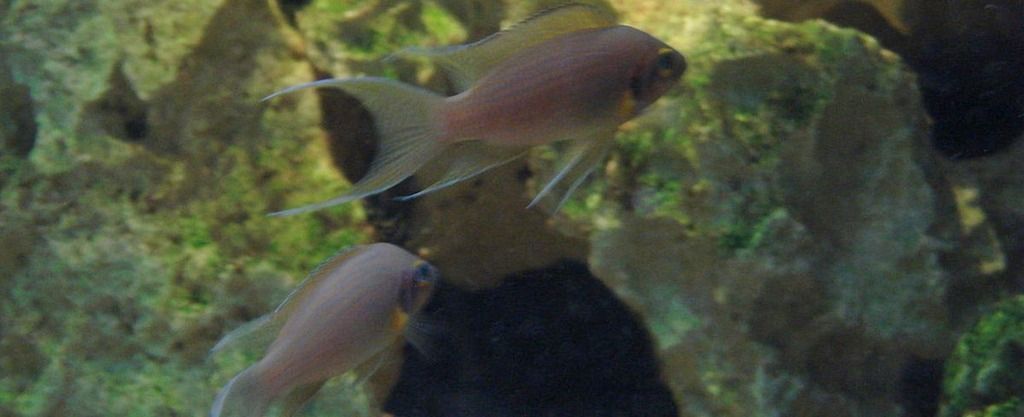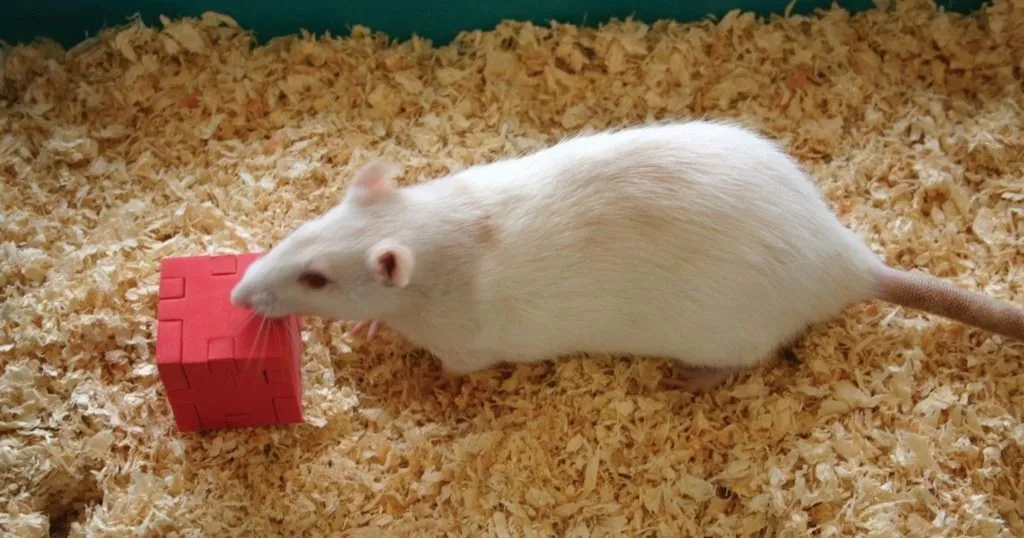The accuracy of measuring fish aggression by using mirror tests
To examine the response of cichlids to their mirror image, Balzarini et al. used three sympatric species from Lake Tanganyika and did the mirror test for measuring aggression.
Posted by
Published on
Mon 18 Aug. 2014
Topics
| Addiction | Aggression | Fish | The Observer XT |

When we look into a mirror, we see a reflection of ourselves. As humans, we are aware that this is only a reflection and not actually another living person. However, very few animal species are able to acknowledge that their reflection is not another one of their species which could pose a threat to them. Capuchin monkeys, grey parrots, and elephants are among the few that are able to recognize their mirror image.
A majority of animal species, including fish, treat the image in the mirror as a conspecific. As a result, it would make sense that a mirror test could be a good indicator of aggression, especially in fish. However, Valentina Balzarini and colleagues questioned this widespread method, noting recent studies which had shown that hormonal and gene expression responses differed between the fish being exposed to a conspecific or a reflection of itself.
Three different species of fish
To examine the response of cichlids to their mirror image, Balzarini et al. used three sympatric species from Lake Tanganyika and did the mirror test for measuring aggression. The three species studied were Neolamprologus pulcher, Telmatochromis vittatus, and Lepidiolamprologus elongatus. Each of these species has a different breeding strategy. N. pulcher are cooperative breeders, with their population organized into colonies made up of breeding groups. These breeding groups are organized by a size-dependent hierarchy maintained by aggressive interactions.

T. vittatus are polygynous breeders who breed in empty snail shells and have four different reproductive tactics based on body size – there are three types of parasitic males trying to steal fertilizations from the territorial males who guard a nest with several females. L. elongatus are monogamous breeders, and will defend their offspring vigorously against any intruders. The differences between these three cichlid species could provide insight into the effects of social organization on the mirror test and how suitable it is.
Assessing behavior
Three different measures were taken to examine the aggressive behavior of the fish. These were overt aggression, restrained aggression, and time spent close to the intruder. Overt aggressive behaviors were when the fish attempted to bite or ram against the partition or mirror. The restrained aggressive behaviors differed some among species, but included things such as a fast approach or a fin raise. These behaviors were coded using The Observer XT software.
It makes sense that fish would have an aggressive response both to a mirror image of themselves and a different fish, but it also makes sense that their aggressive response would differ. Even though fish cannot recognize themselves in a mirror, they can recognize that their opponent is exactly the same size and making the exact same movements as them – thus this fish would be a greater threat to hierarchal fish, as it could take their place.
Different species have different reactions
Not all of the species of fish had the exact same aggressive response to their reflection or a conspecific. Just as their breeding strategies differ, so does their aggression towards other fish. The restrained and overt aggression of N. pulcher was influenced by the opponent’s behavior, and the fish showed more restrained aggression towards an opponent than its own reflection. However, the correlation for L. elongatus was significant for restrained aggression and time in the frontal zone. The restrained aggression for both species was influenced by the opponent fish, but this was not the case for T. vittatus. The opponent was only able to influence its time spent in the frontal zone.
Why do we see these different results in aggression? Is the mirror test valid to use to research aggression? Balzarini et al. believe that the predictive value of mirror tests is species specific. The way the fish will react can depend heavily on its social behavior – is the species hierarchical or territorial? Regardless, mirror tests can work to study individual aggression in some species, but in the future, this needs to be validated for each species before it is used to collect data.
Reference
Balzarini, V.; Taborsky, M.; Wanner, S.; Koch, F.; Frommen, J.G. (2014). Mirror, mirror on the wall: the predictive value of mirror tests for measuring aggression in fish. Behavioral Ecology and Sociobiology, 68, 871-878.
Image Credit: Guérin Nicolas
Related Posts

How to measure emotions in pigs

Top 5 novel object recognition articles

